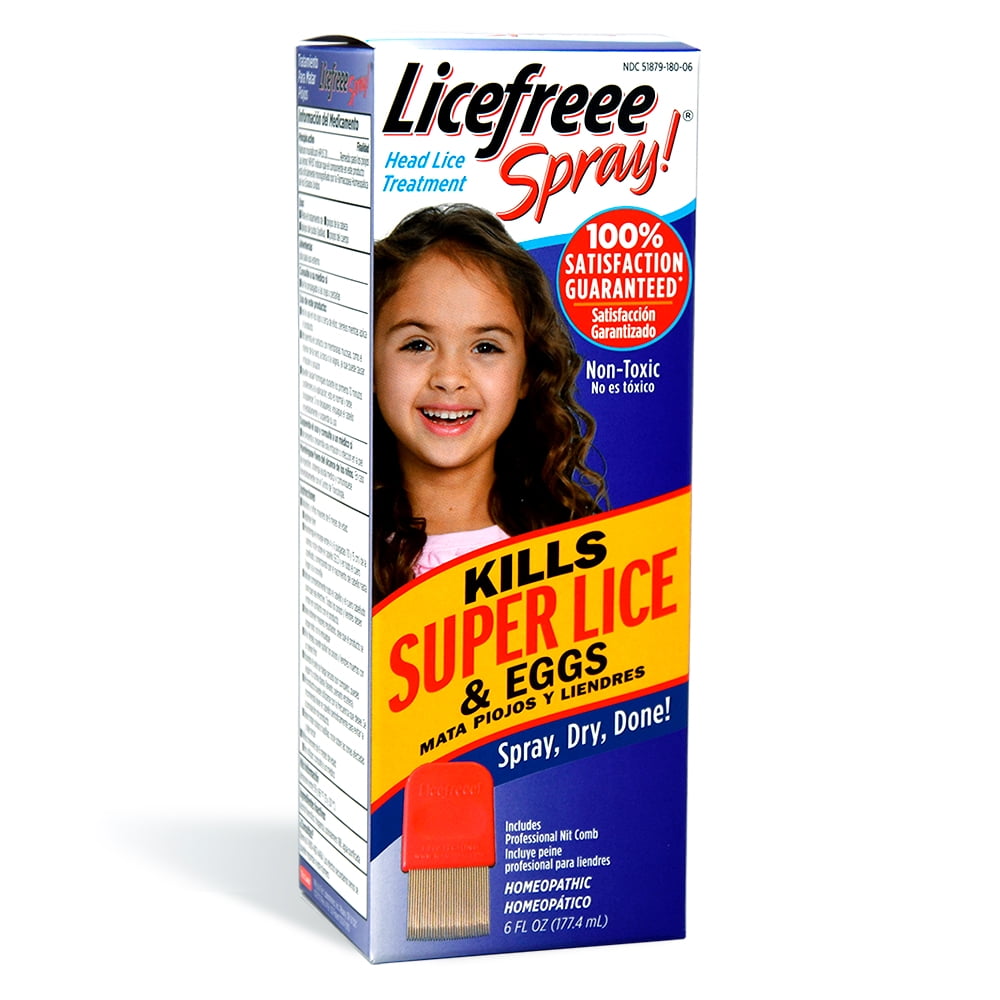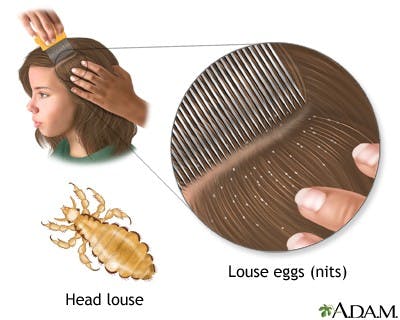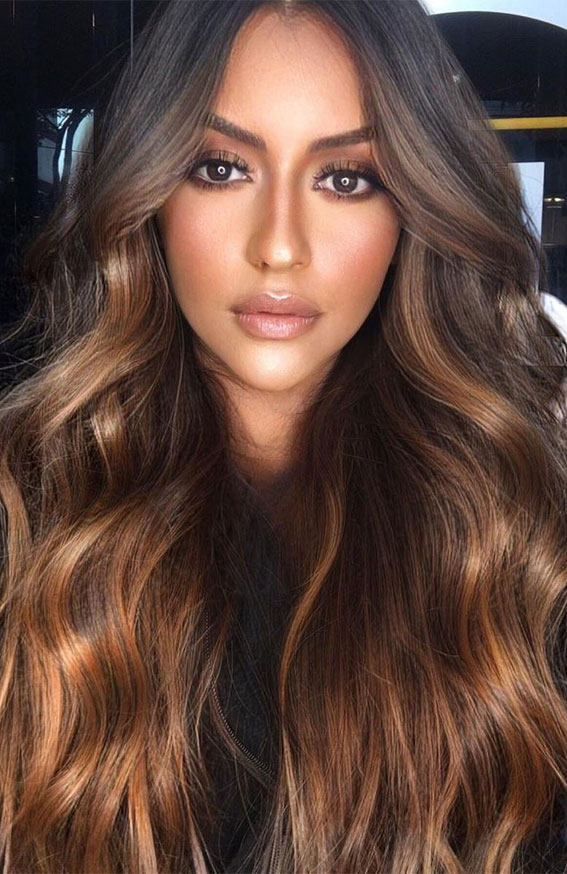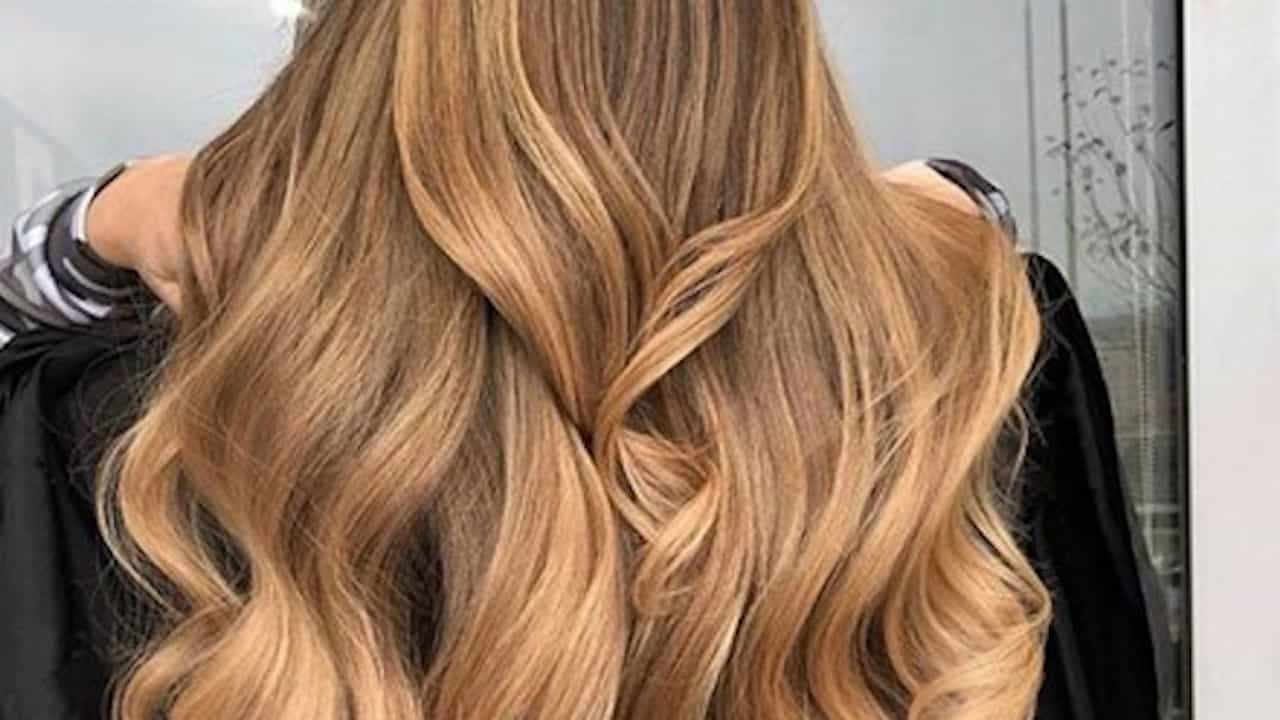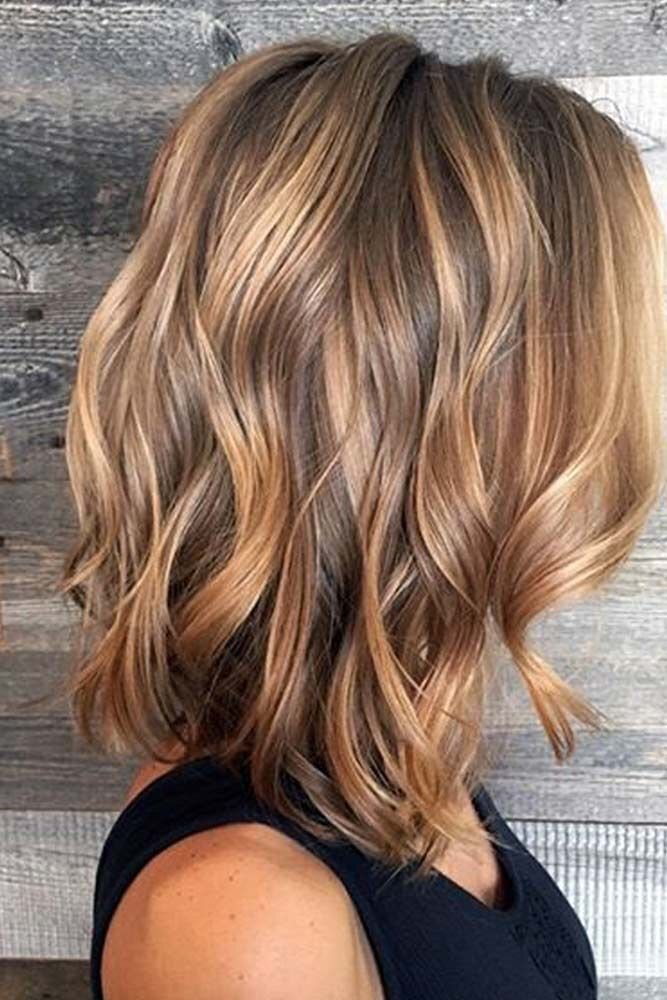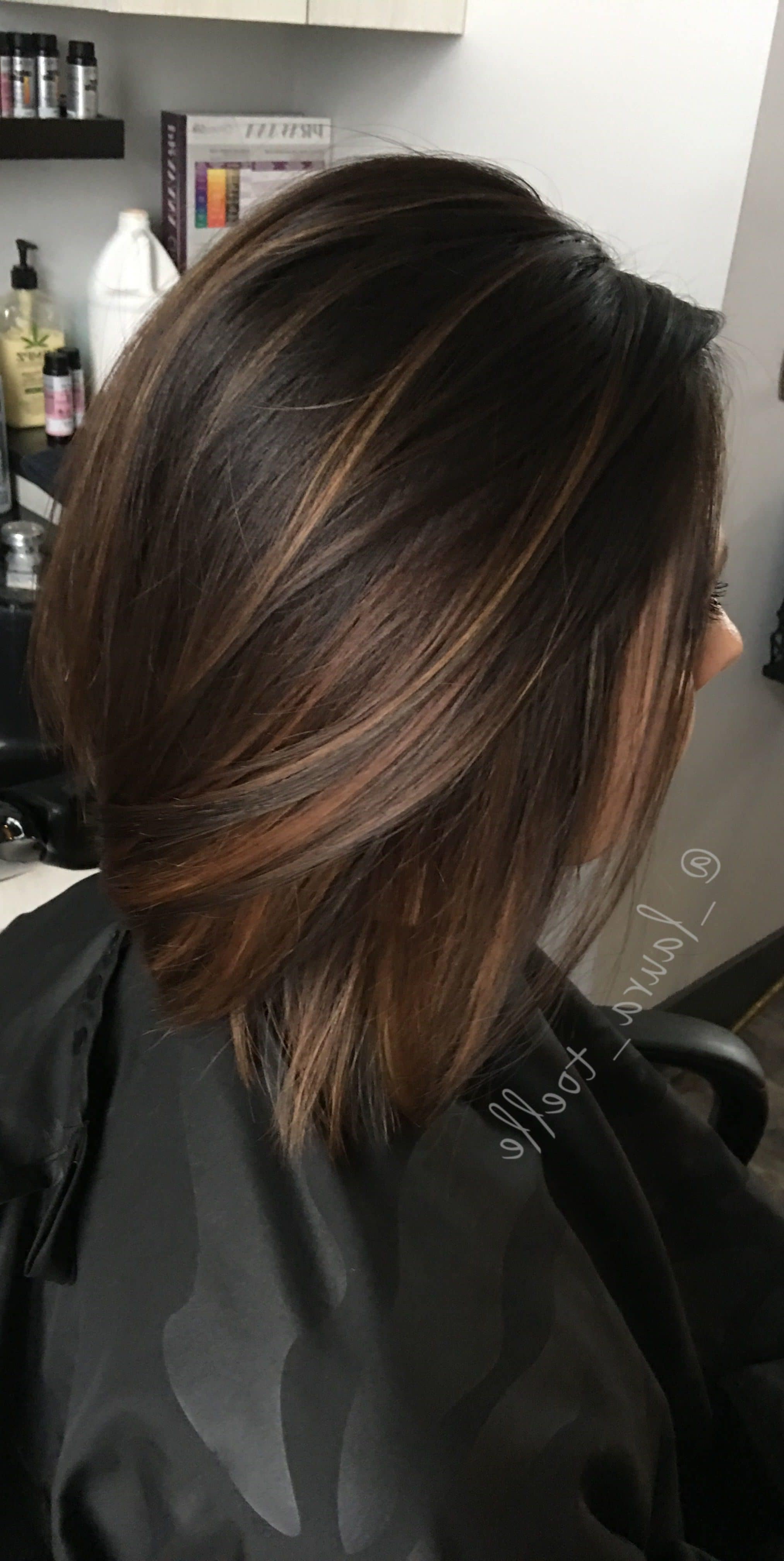Table Of Content

It may be prudent to not share personal hygiene items with others to reduce your chances of getting head lice, although current evidence doesn’t necessarily support this thought. Reduce that risk by cleaning your house properly and primarily avoiding head-to-head contact with people who have head lice until they’ve been treated. Two types of chemicals are commonly used in OTC head lice treatment. Head lice infestation, or pediculosis, is spread most commonly by close person-to-person contact. Dogs, cats, and other pets do not play a role in the transmission of human lice. If you think you've rid yourself of head lice only to have them return a couple of weeks later, chances are you didn't get every last louse and nit.
Outlook and prevention
Prescription lice treatments may also include other chemicals. The CDC says that complete removal of nits is unnecessary, though using a lice comb can help. And when it comes to treatment, you should use only one product at a time.
How much does hair coloring cost at a salon?
They are commonly found in school-age children, although anyone can contract them. The best prevention is to not share combs, brushes, towels or hats with others and to avoid physical contact with someone who has lice. It also helps to examine and treat all members of your household who have contact with a person with lice. It’s possible that you are dealing with head lice that are resistant to the active ingredient in your treatment product. Consult with your pediatrician or contact a pediatric dermatologist for a prescription head lice treatment. A special machine that uses hot air to dehydrate head lice and their eggs is another alternative treatment method.
Treating head lice at home
Lice spread from person to person through close contact and by sharing belongings. Head lice are spread primarily by direct head-to-head contact. So the risk of spreading head lice is greatest among children who play or go to school together. In the United States, cases of head lice most often occur in children in preschool through elementary school. Once the eggs hatch, lice are known as nymphs, an immature form of the parasite that is grayish tan in color. After nine to 12 days the nymphs mature into adults, the average size of which is roughly 2–3 millimeters, or about the size of a sesame seed.
Head lice: Diagnosis and treatment
Then, they shampoo and comb out the lice and nits in the morning. Children who have head lice don’t have to stay home from school. But as head lice spread from close contact, it’s important to tell the school, daycare center or your child’s babysitter if your child has head lice.
However, you may not feel itchy right away, especially if it’s a light infestation. You may not notice any symptoms for up to six weeks the first time you get lice. The good news is while a head lice infestation can be annoying and possibly uncomfortable, this common condition is treatable.
Head lice outbreak: Tips for prevention and treatment
Girl's hair infested with 'millions' of lice finally has them removed in horror clip - Daily Star
Girl's hair infested with 'millions' of lice finally has them removed in horror clip.
Posted: Sat, 16 Sep 2023 07:00:00 GMT [source]
A special lice comb with narrow teeth can help you remove nits and lice. Adult lice are about the size of a sesame seed and are tan to grayish-white. Depending on your hair color, they can be challenging to see. Adults can lay up to eight nits daily and live up to a month on your scalp. Without a blood meal several times daily, an adult louse will die within a few days. Head lice can’t fly or jump, so they spread by crawling from person to person during close contact.
How common are head lice?
It may take several treatments to completely get rid of head lice, so be sure to follow instructions on the treatment’s packaging or as advised by your healthcare provider. Treatment for head lice includes using over-the-counter medicated or prescription shampoos, lotions or creams that eliminate head lice. Over-the-counter medicated shampoos contain a substance called pyrethrin or permethrin that kill lice and nits. Head lice are tiny, crawling insects that live in the hair on your head. The most common symptom is itching, especially in the back of your head and neck and near your ears. Special medicated shampoos that contain a substance called pyrethrins are available to kill lice.
Taka Hair Salon
Small nits (eggs) resembling tiny pussy willow buds about the size of dandruff flakes are visible on hair shafts. Head lice often spread from one person to another by direct head-to-head contact, often within a family or among children who have close contact at school or play. People also use a number of home or natural remedies to get rid of head lice.
The guidelines recommend examining wet hair lubricated with hair conditioner or another product. Your child's health care provider will carefully comb your child's hair with a fine-toothed comb (nit comb) from the scalp to the end of the hair. If no live louse is found, the provider will likely repeat the entire exam at a second appointment. You will learn how to tell if your child has live lice or just lice eggs. Once you know for sure that your child has lice, you can get treatment. As with head lice, pubic lice lay their eggs on the base of hair shafts.
Adults are about the size and shape of a sesame seed with six legs and the same beige to grayish-white coloration. Some are chewing lice that feed off the skin and debris of their hosts. Those affecting humans tend to be blood-sucking species that rely on blood and other secretions to survive. Evidence of lice can often be found above or behind the ear, but they will not enter your ear—even if your ears are hairy. Itching inside your ears during a lice infestation is a sign of an allergic reaction. Lice also cannot get into your brain through your ear or by burrowing through your skull.

When looking for nits, look closely at the scalp, where they tend to stick after lice lay them. Check the crown of the head, around the bangs, ears, and neck. Lice don’t always go away after one treatment and it could take a couple of weeks to completely get rid of them.
One of the salon's stylists placed first in the Ladies Progressive Cut, Color, and Style category at the 2016 ISSE Long Beach Hair Show. Owner Naoko Tamada was also featured in the LA Times Magazine for integrating American trends for Asian hair. Works of Art Hair Salon is a Los Angeles hair salon that specializes in hair styling services for residents in the area. The salon was founded by Art Cardiel and has been operating for a decade. It consists of veteran and recent cosmetology school graduates who have over 20 years of combined styling experience.
Head lice and their eggs (nits) soon perish if separated from their human host. Adult head lice can live only a day or so off the human head without blood for feeding. Nymphs (young head lice) can live only for several hours without feeding on a human. Nits (head lice eggs) generally die within a week away from their human host and cannot hatch at a temperature lower than that close to the human scalp. There are a number of treatments that can effectively get rid of head lice. These include over-the-counter products, natural remedies, and prescription medications.
Some parents turn to home remedies for head lice, such as tea tree oil, mayonnaise, neem oil, vinegar, saline spray and many others. These treatments are messy, time consuming and not supported by scientific evidence. If you tried an OTC head lice treatment that didn’t work and you are certain that your child didn’t get reinfested, seek professional help. If you think or know you have lice, avoid sharing personal items, bedding, towels or clothing.
